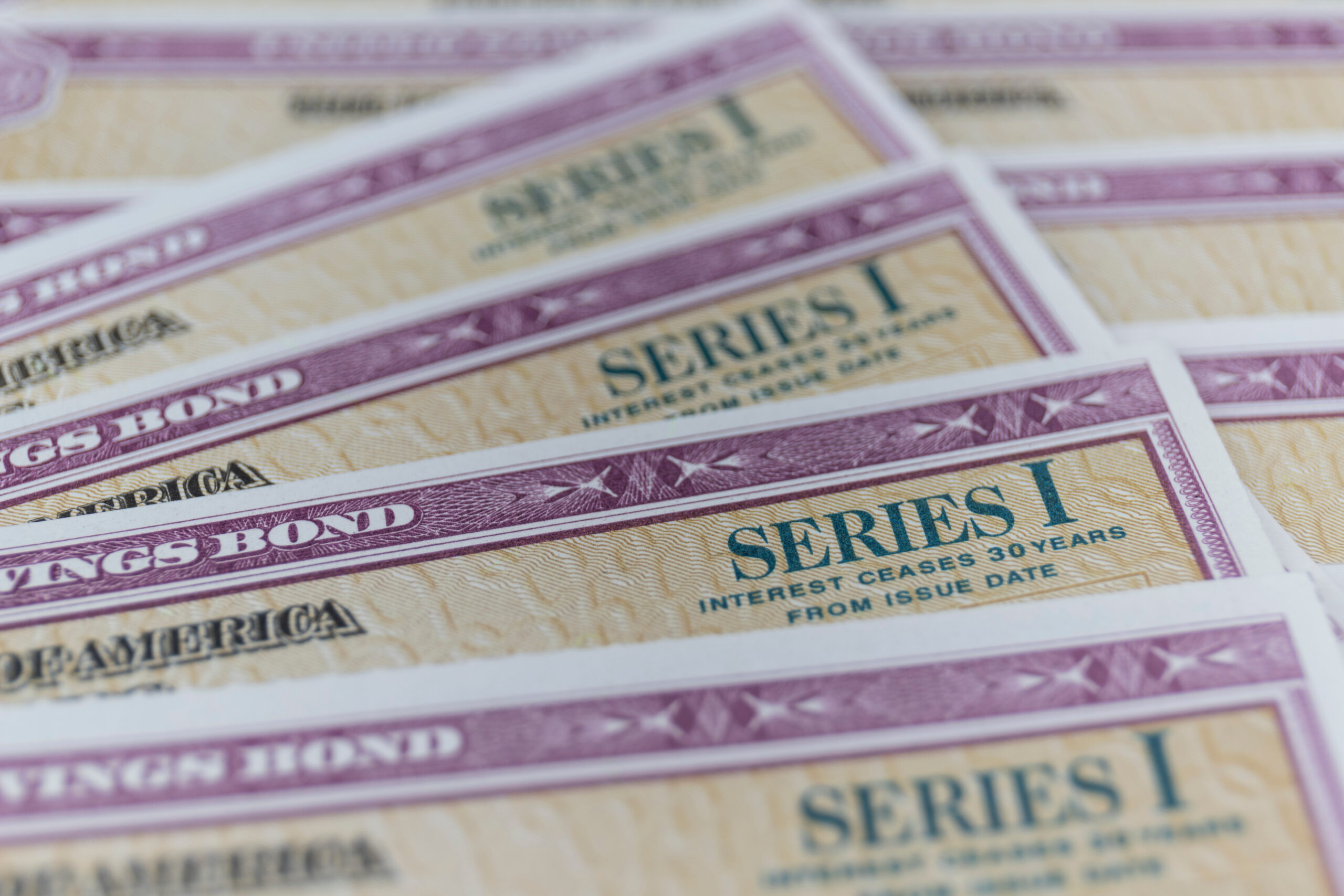If you’re not familiar with I-bonds, you may be missing out on a significant means of growing your savings, especially during these challenging economic times, with inflation taking a big bite out of everything, from fuel to groceries. I-bonds are a type of United States savings bond that are designed to protect the value of your cash investment from inflation.
Issued by the U.S. Treasury, I-bonds’ interest rates are based on the Consumer Price Index (CPI). Since the Treasury also uses the CPI to calculate inflation rates, when inflation rises, so do I bond interest rates.
It’s widely known that regular savings accounts have historically low interest rates. In fact, the national average in 2021 was 0.06 percent, according to the Federal Deposit Insurance Corporation (FDIC). Meanwhile, inflation reached 6.8 percent last year, and financial advisors agree there doesn’t seem to be any sign of that changing in the near future.
It’s important to note, too, that whatever little interest you may earn on a savings account is subject to income tax. And, that’s where I-bonds differ. With I-bonds, you do not have to pay state or local taxes on the interest income you earn.
If you are interested in purchasing I-bonds, you have until the last business day of April 2022 to lock in a 7.12 percent interest rate for six months. Keep in mind, that rate will change on May 2 this year and could increase or decrease. Although with the current inflation rate running at 7.8 percent and the adjustment based on the CPI from September 30, 2021 – March 1, 2022, there is a strong probability that the interest rate will increase.
Of course, there are a number of things to be aware of, as with any type of investment. For one, you can’t simply cash out your I-bond after six months. You have to wait one year, in most situations. Remember you’re guaranteed the 7.12 percent interest rate for the first six months, provided that you secured the I-bond within the defined timeframe. After that the interest compounds and the rate resets to whatever the rate may be on May 2, 2022. Be aware that if you cash out an I-bond before five years, you’ll lose the last three months of interest.
I-bonds are purchased directly from the TreasuryDirect website. The limit per Social Security number is $10,000 per year. There’s an additional $5,000 worth of I-bonds that can be purchased with the proceeds of your tax refund.
We encourage you to speak with your tax advisor or financial planning professional before investing in I-bonds or making any other important investment decisions.
As always, we are here to help guide you in all your financial and tax planning.




0 Comments